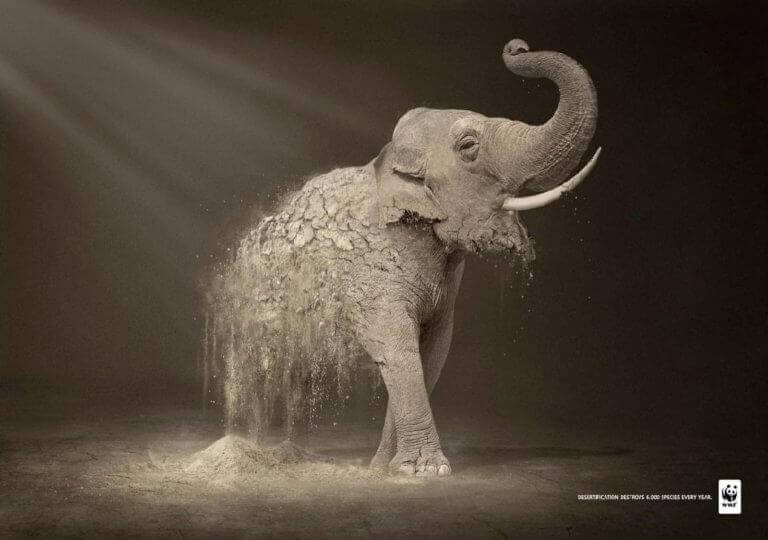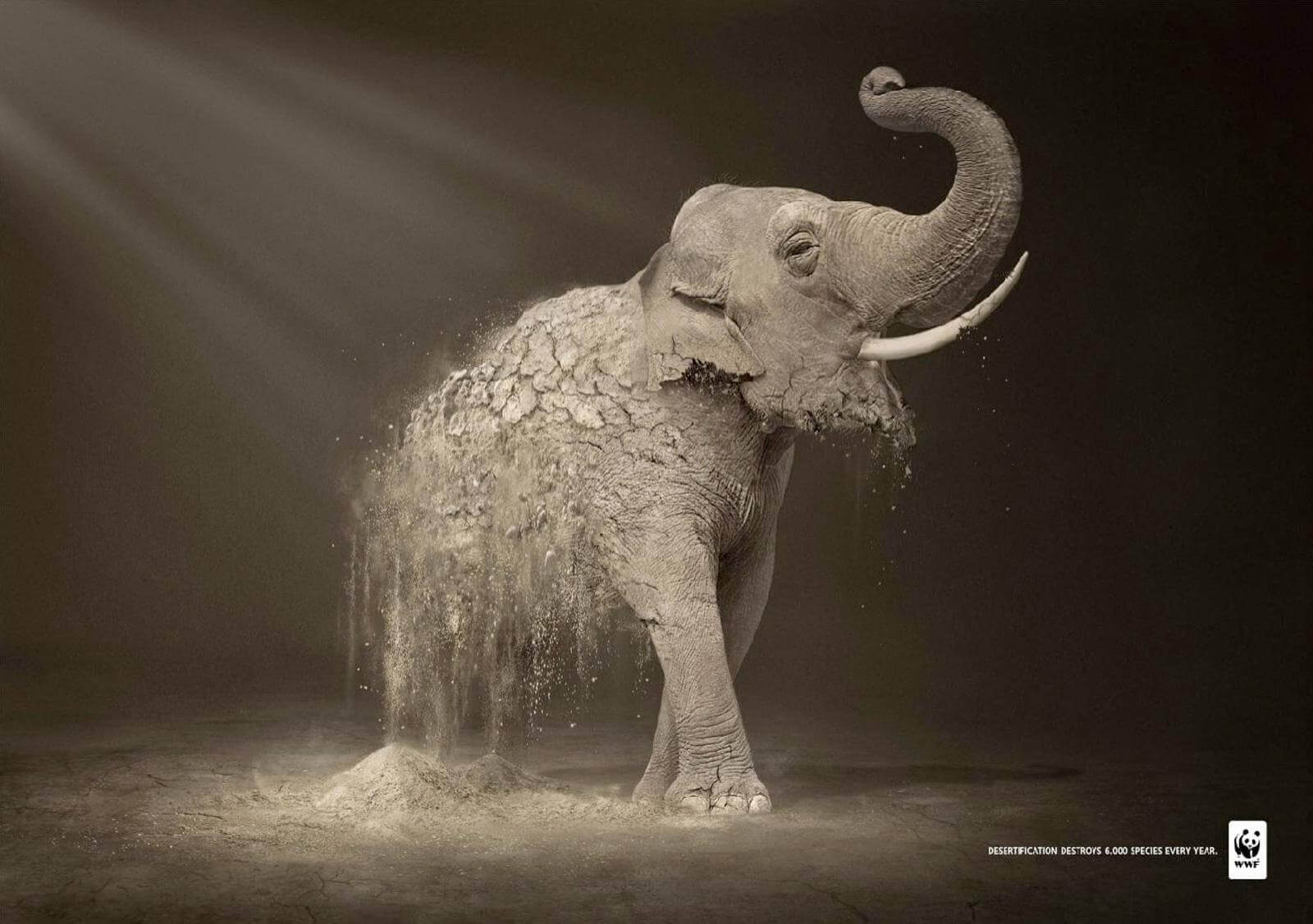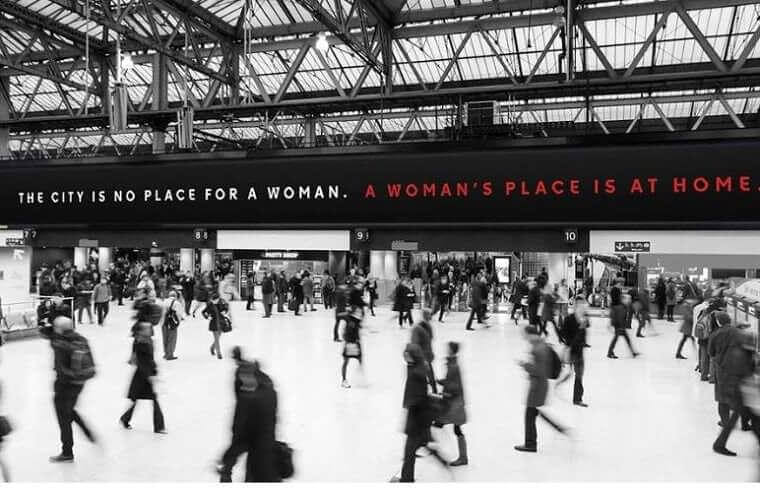
Modern day advertising needs the ‘wow’ factor in order to grab the attention of consumers. For this reason, many brands have started turning to emotionally driven advertising tactics. Emotions such as cynicism, happiness and humour are regularly used as part of OOH advertising campaigns to engage a response. Yet, what impact does this form of advertising really have?
Why We Respond Best To Emotional Advertising
The phrase ‘an image is worth a thousand words’ is especially true when used as part of emotion-driven OOH advertising. The use of emotion in advertising can act as a powerful catalyst to influence a consumer to engage with a brand.
As humans, we have the tendency to engage best with brands that we can emotionally connect with. Many consumers now rely more heavily on their emotions to make brand decisions than that of information.
It is a known psychological fact that emotions help to create powerful, long-lasting memories for an individual. Brands have begun utilizing this to create more loyal customer and branding experiences. By being able to connect with an individual on an emotional level, a brand has a higher chance of leaving a long-lasting impression in the consumer’s mind.
There are six main categories of emotions that consumers respond to best. These are happiness, sadness, fear, surprise, disgust and anger. When any of these emotions are used successfully as part of an out-of-home advertising campaign, they can ignite a spark in consumers that triggers their emotional response.
Emotionally Driven OOH Ads – 4 Engaging Examples
Brands who have successfully used emotional advertising often go viral. This is mainly due to the reason that emotionally driven advertising has the power to start conversations and encourage sharing across social media platforms. Below, we look at some of the top examples of emotion-driven OOH ads used in recent years and how they have emotionally connected with consumers.
WWF & Women’s Aid – The Shock & Sadness Factor
Brands such as the World Wildlife Fund (WWF) and Women’s Aid have successfully used emotion in their advertising campaigns in recent years. These companies have focused on using the shock factor and sadness in order to engage the attention of a passerby.
The WWF’s campaigns such as their Stop Illegal Wildlife Trade and Desertification campaigns have been targeting individuals sense of compassion and empathy for many years to bring awareness to the damage that humans are causing to the wildlife world.
WWF’s Desertification campaign (Source: Ads Of The World)
Oftentimes, the WWF use fear-inducing imagery that depicts the devastation that animals in the wild are currently facing due to environmental issues has successfully resonated emotionally with consumers for many years.
Similarly, the recent Women’s Aid Look At Me campaign used shocking imagery of a woman who was the victim of domestic abuse along with facial recognition technology to spark conversations and elicit a response using the shock factor.
The engaging Look At Me campaign by Women’s Aid (Source: WCRS)
Coca-Cola – The Taste Of Happiness
In 2016, Coca-Cola changed their tagline to the now recognizable line ‘Taste The Feelings.’ This was done in order to maintain the brand’s focus on presenting a brand image that is full of happy and positive connotations.
Coca-Cola’s advertising campaigns have always most notably contained imagery of individuals sharing memories and moments together. From their famous Christmas holiday ads to their recent campaigns, this brand is one that heavily uses positive emotional advertising.
Their Taste The Feelings campaign certainly was no different. The out-of-home advertisements portrayed images of different emotionally charged moments being shared with friends, family and loved ones.
Coca Cola’s Taste The Feeling campaign (Source)
The Handmaid’s Tale – Sparking Controversy
Prior to the release of the Season 2 premiere of Channel 4’s series The Handmaid’s Tale, the broadcasting channel chose to go down the risky route of using provocative and controversial outdoor media billboards to promote the series.
Channel 4’s The Handmaid’s Tale: Season 2 campaign in London (Image source)
The billboard images were placed in train and subway stations around London, United Kingdom and displayed messages such as “A woman’s place is at home” and “The only job for a woman is to reproduce.” The intention behind this campaign was to create temporary senses of outrage and bring the totalitarian state featured in the show to life.
Channel 4’s use of emotionally driven advertising helped to make the campaign more memorable and enticed people to have conversations both about the advertising campaign and the show.
Putting Feelings Into Outdoor Media
Emotionally driven advertising is a trend that is here to stay, and for good reason. By creating an emotional connection with consumers, brands can build strong, long-lasting relationships with their customers. This type of advertising allows brands to engage with consumers on a deeper level, tapping into their emotions and creating meaningful experiences. It is essential for brands to use emotions that resonate with their target audience in order to create an effective and memorable advertising campaign. As consumers become more and more inundated with advertising, using emotion-driven tactics can make all the difference in standing out from the crowd and leaving a lasting impression. By harnessing the power of emotion, brands can create powerful, memorable, and engaging outdoor media campaigns that leave a lasting impact on consumers.



.jpg)


